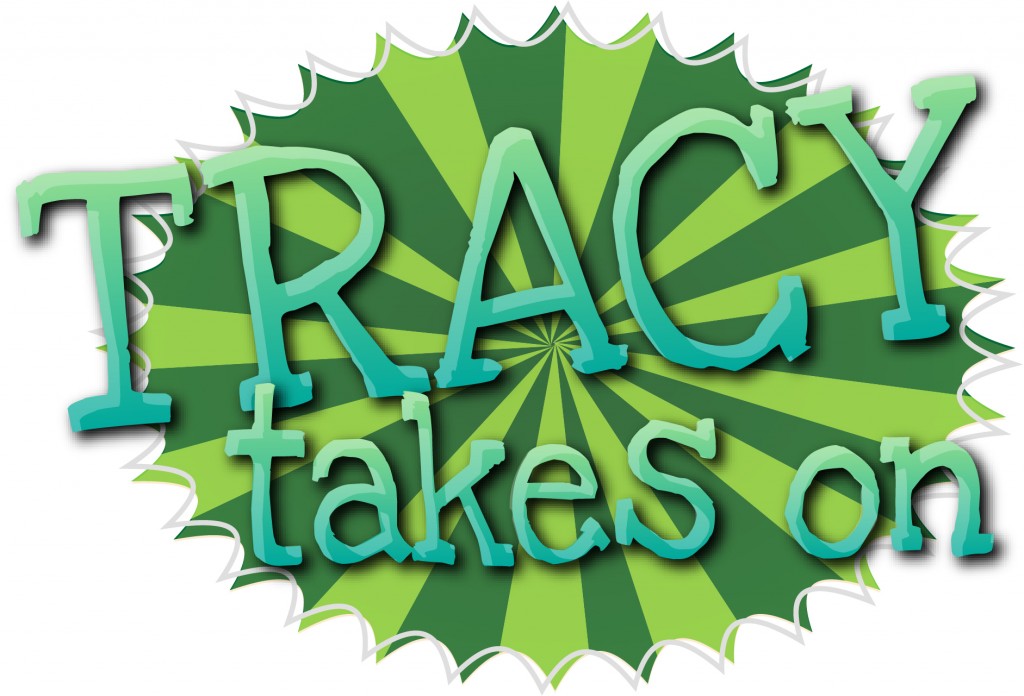 Last time we covered screen printing, so today we’re moving right along to heat transfer paper printing. What is that, you ask? Well, it’s actually just as it sounds!
Last time we covered screen printing, so today we’re moving right along to heat transfer paper printing. What is that, you ask? Well, it’s actually just as it sounds!
There are really two major types of heat transfers: plastisol transfers and digital transfers.
Plastisol transfers can be printed by screen printing plastisol inks onto a special release paper. The paper is then applied to a garment or fabric using a heat press that will in turn melt the ink so it will bond with the garment.
Now to make it even more confusing… there are two different types of plastisol transfers: hot split and cold peel. Hot split comes from the idea of peeling the transfer backing off the garment after pressing while it’s still hot. And then of course, cold peel is printed the same as hot split, but you instead peel the backing off the garment after pressing when it’s been cooled. Plastisol transfers are widely used when you need to create several prints of the same image.
Digital transfers can be much easier, and are great for smaller, onesie-twosie shirts where you can really out your creative talents to good use! You can create full color photos for applying to garments with a few clicks of the mouse.
You print your image onto a piece of coated paper, which is then placed under a heat press along with the substrate you’re applying it to. Once it presses, it will become bonded to the garment. It’s an inexpensive way to create small run jobs and with it being inexpensive, it’s the preferred method for many home-based businesses. Transfer papers have really come a long way in terms of soft feel, stretchability and the color quality you can achieve. There are papers for laser printers, color copiers (these have dumpable fuser oil) and laser printers (which use fuser units, not fuser oil).
Now, it’s time to rain on your parade… we’re just going to cover digital transfers here. Since we already covered the screen printing pros and cons once and we don’t want to pick on them too much.
CONS: Realistically, only for smaller jobs – the more you print the more ink you will end up using – and as we all know ink is expensive! Contour cutting/trimming is needed to get a professional look, which can be time consuming if you have to do it by hand! If you happen to have a vinyl cutter, it will make your job much, much easier. By printing with registration marks your vinyl cutter will do that trimming for you, therefore removing the access polymer around your image. This works with a handful of materials Coastal offers. Another issue is that wash ability may not be quite as good as a screen printed image & if not pressed correctly, and washed correctly it may fade and crack more quickly!
Now why do we love it?
PROS: You’re able to get photographic images, complex multicolor images onto just about any substrate easily. It’s an affordable option to dropping possibly thousands of dollars on larger equipment. And the best..daa…taa…daa…it’s 100% customizable!
You have a birthday party you need shirts for tomorrow? Done in a jiffy! Did mom just nag at you for not being able to make it to the family reunion this year? Not only show up with a smile, but make everyone matching shirts! That’ll show her. Does the newly introduced baby need to be applied to matching shirts for the newly crowned Grandma & Grandpa? You can have those shirts made quicker than they can start getting all gushy!
With transfer paper, you can turn any idea into a fully customized shirt, a hat, a jacket…all for a very inexpensive price.
The post Tracy Takes On…“I’m Confused, Tell me What I Need?” Part II appeared first on Blogging with Coastal – Transfer Paper, Sublimation, Heat Press, Vinyl and More!.

